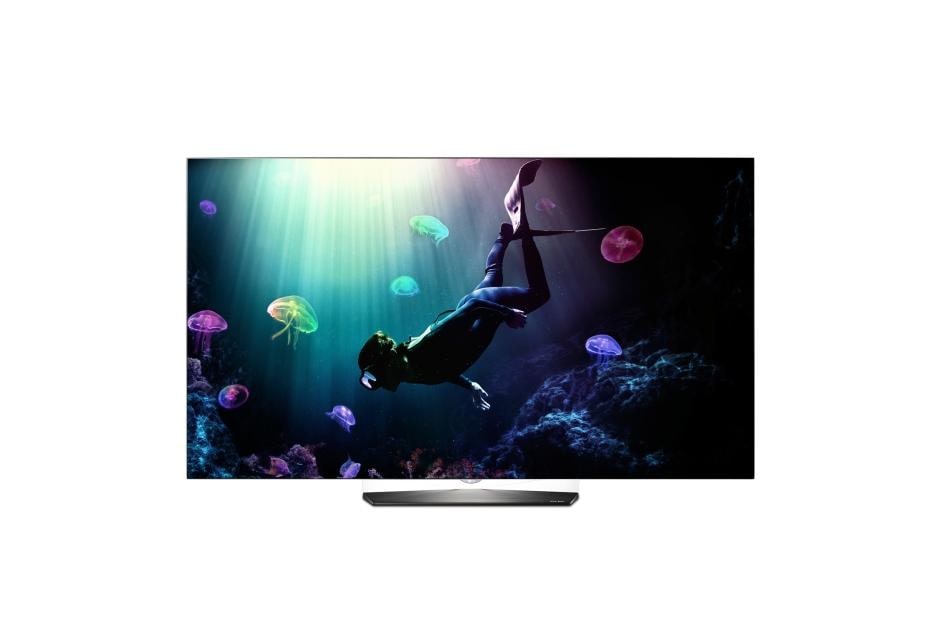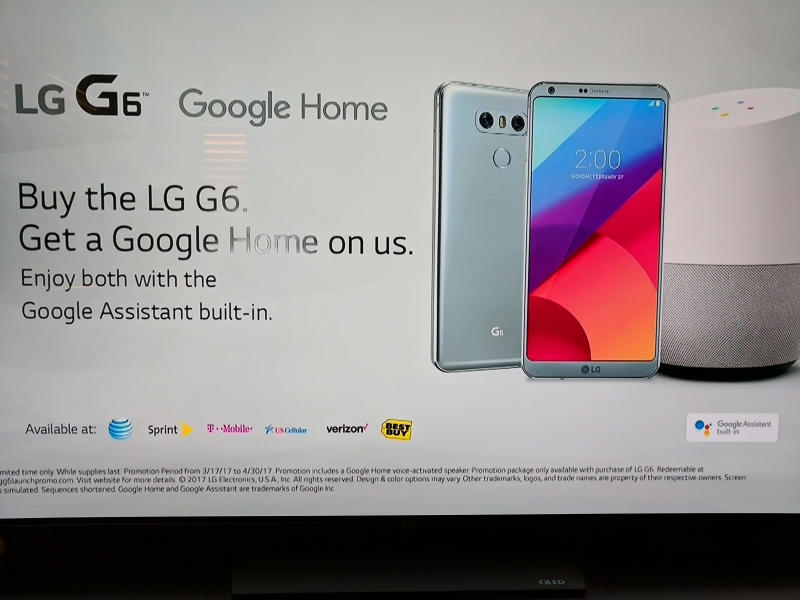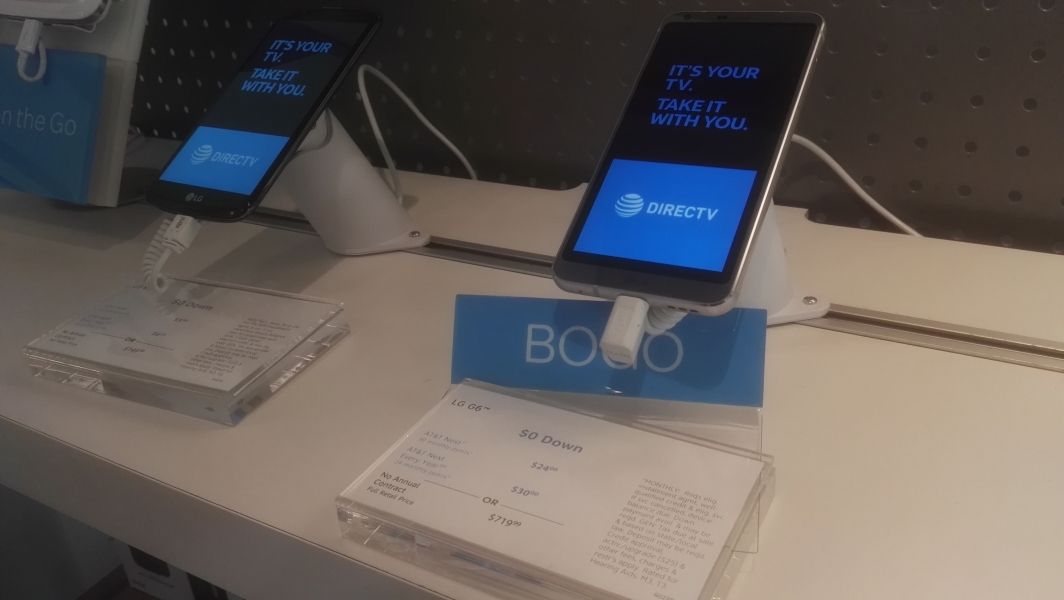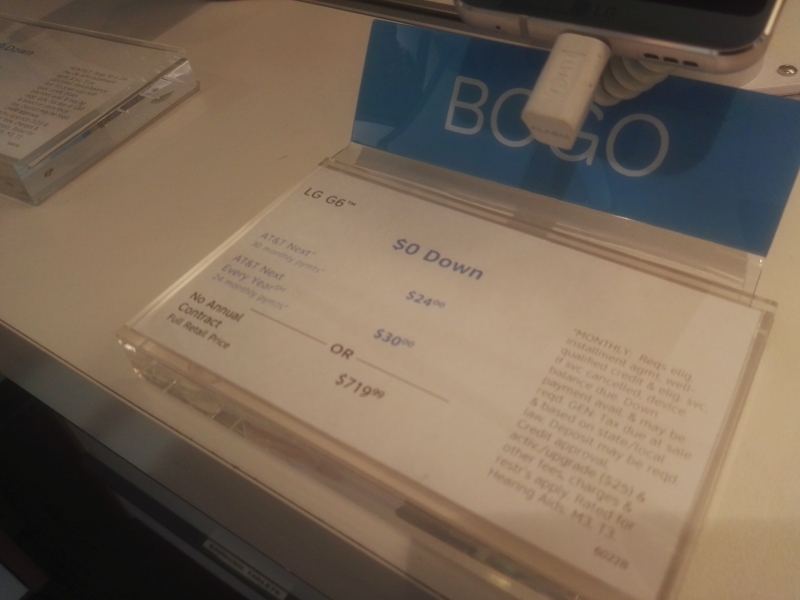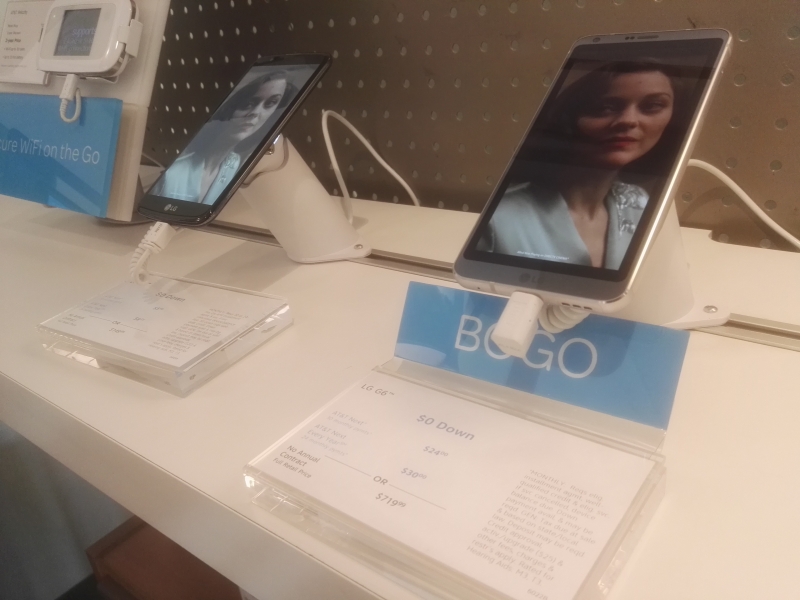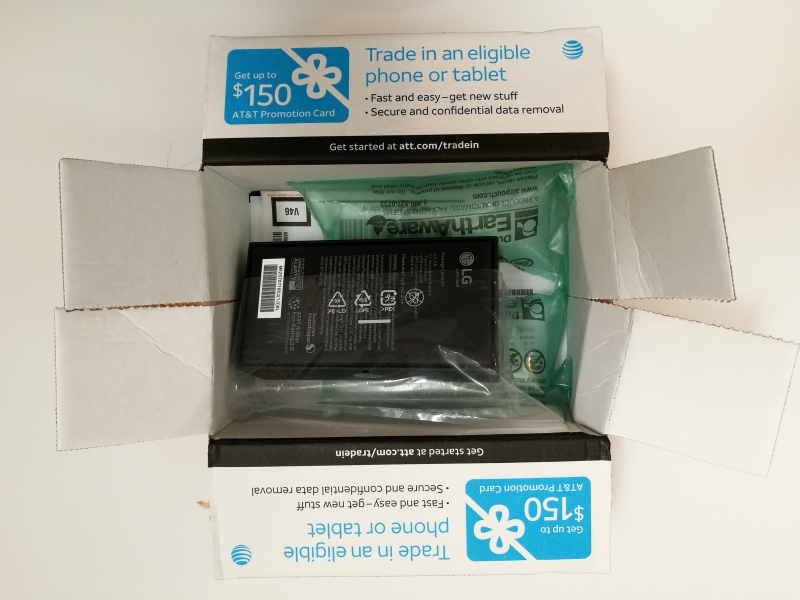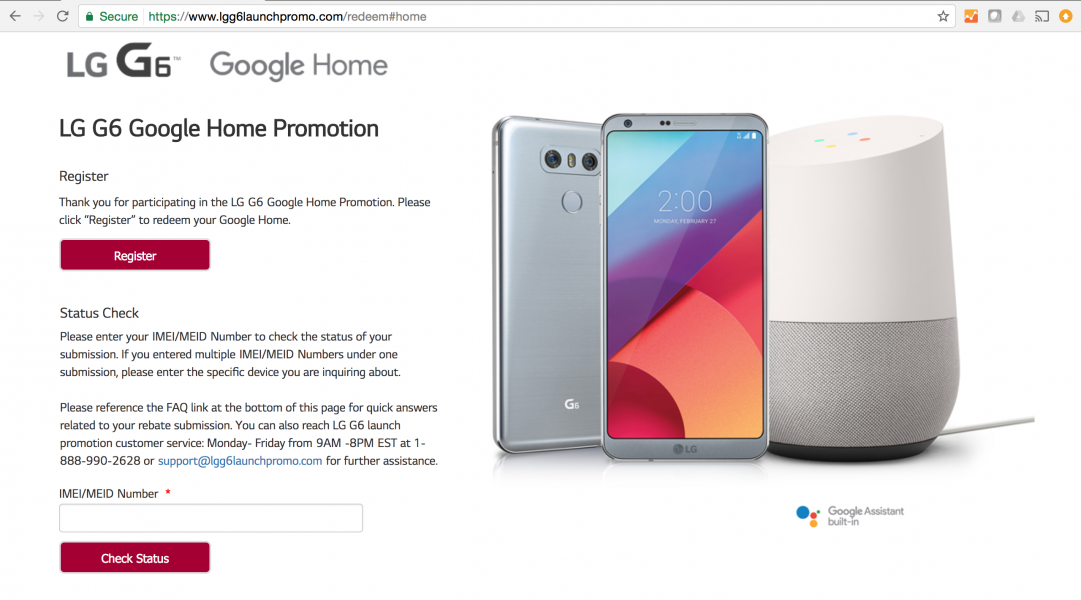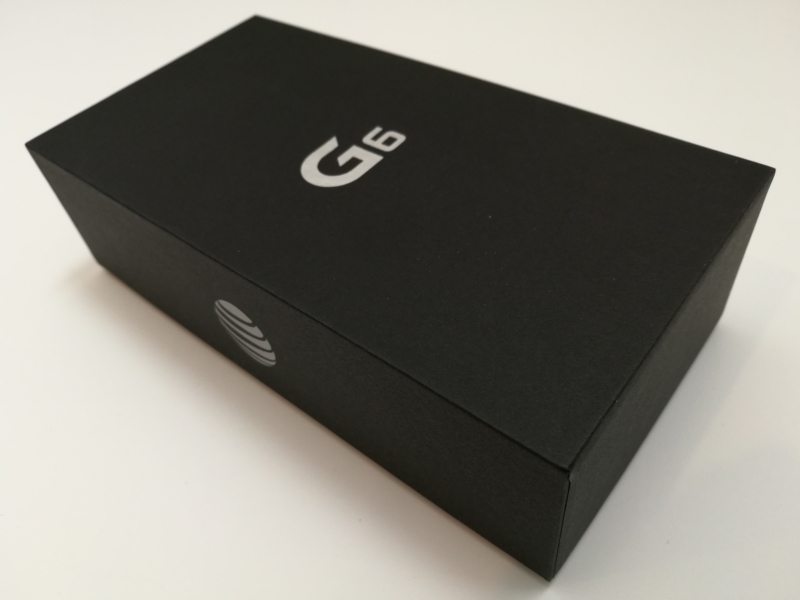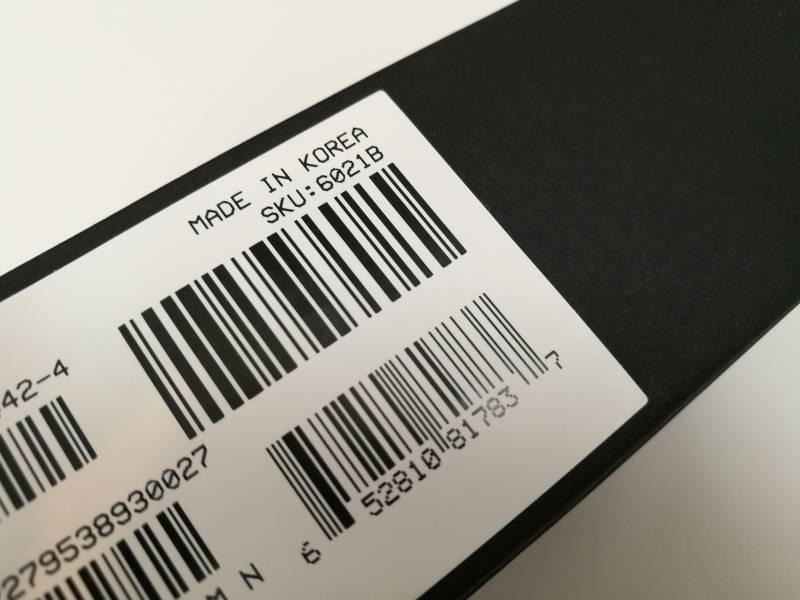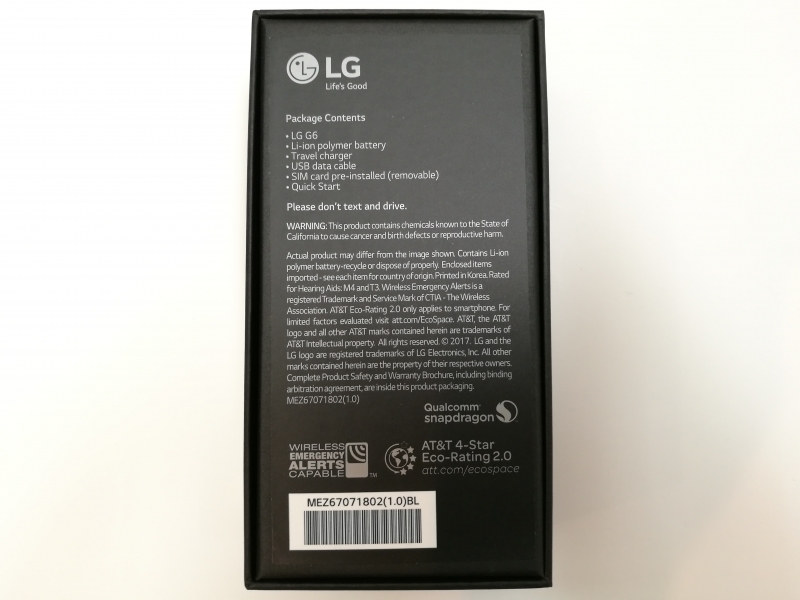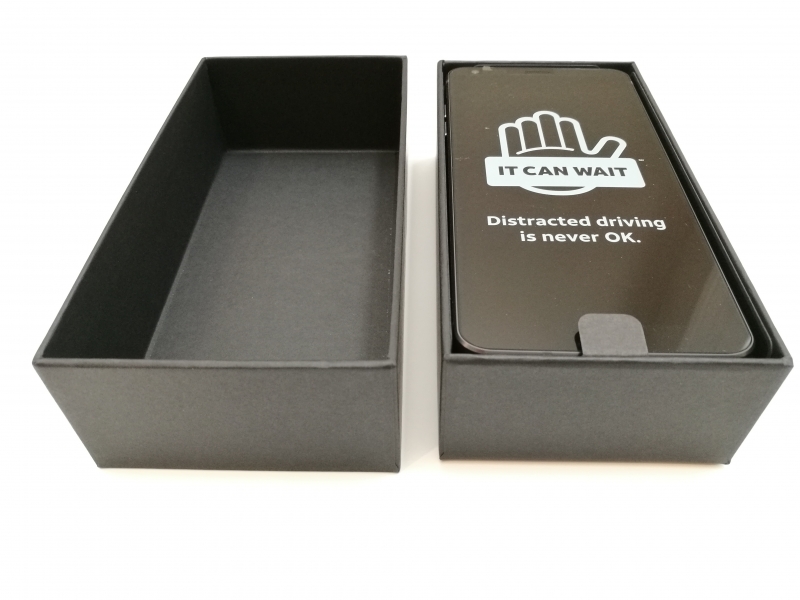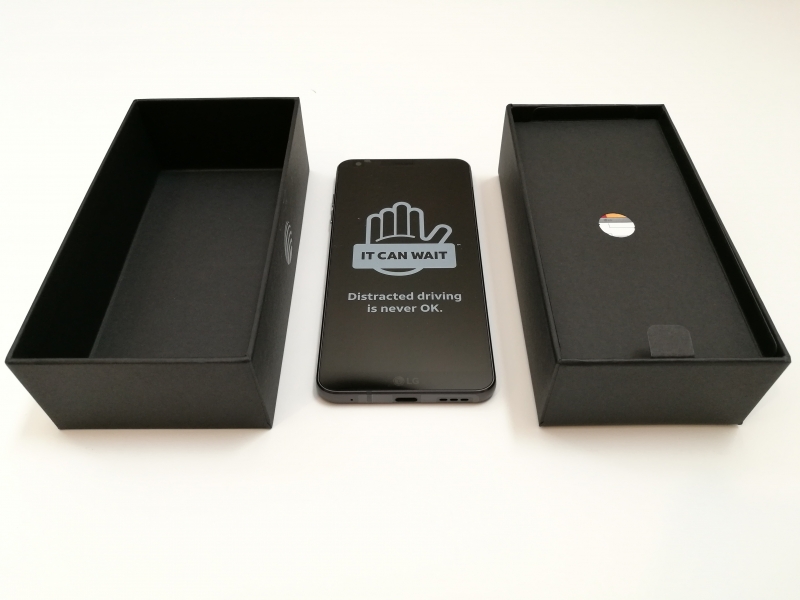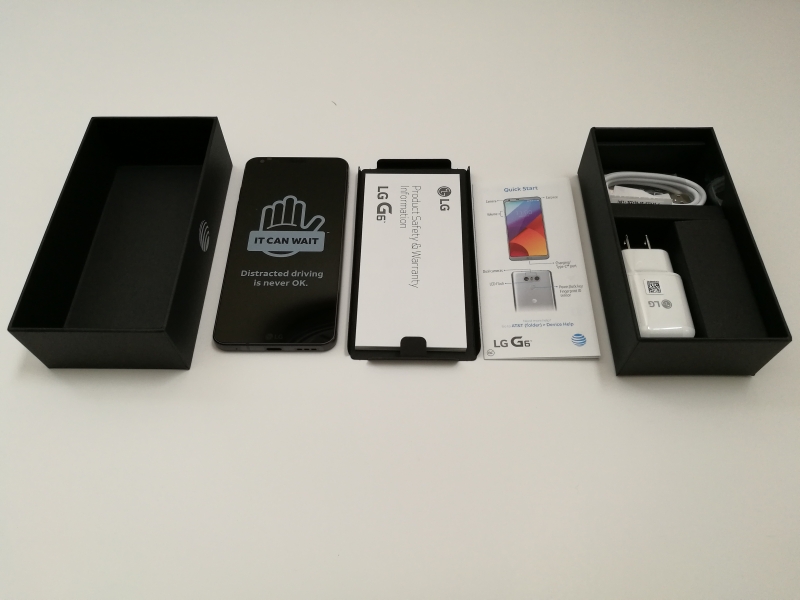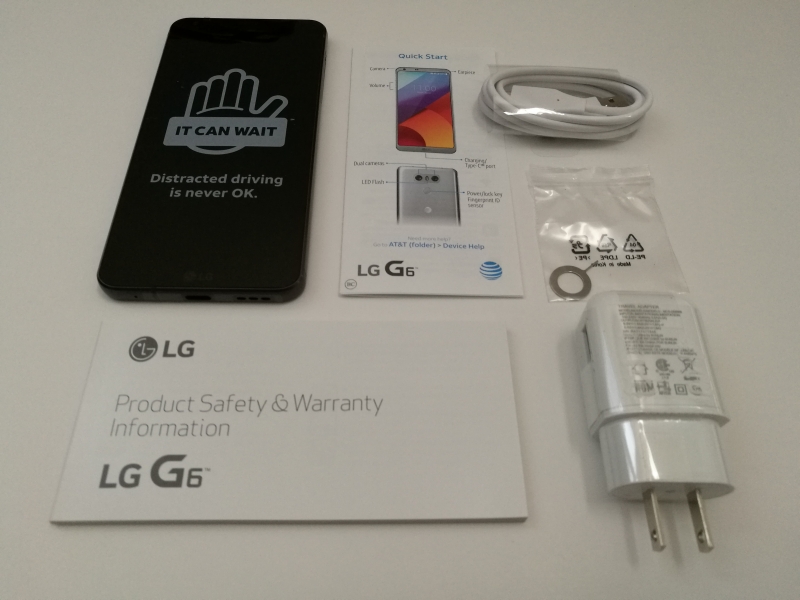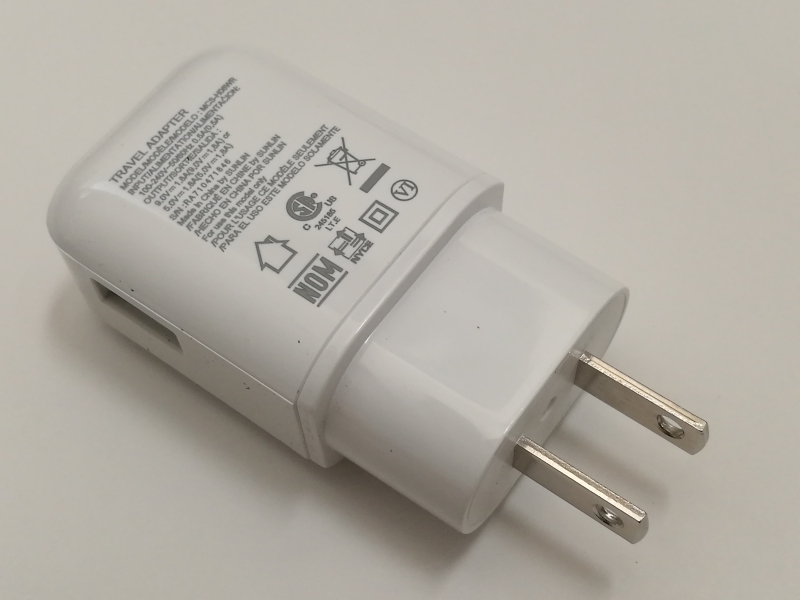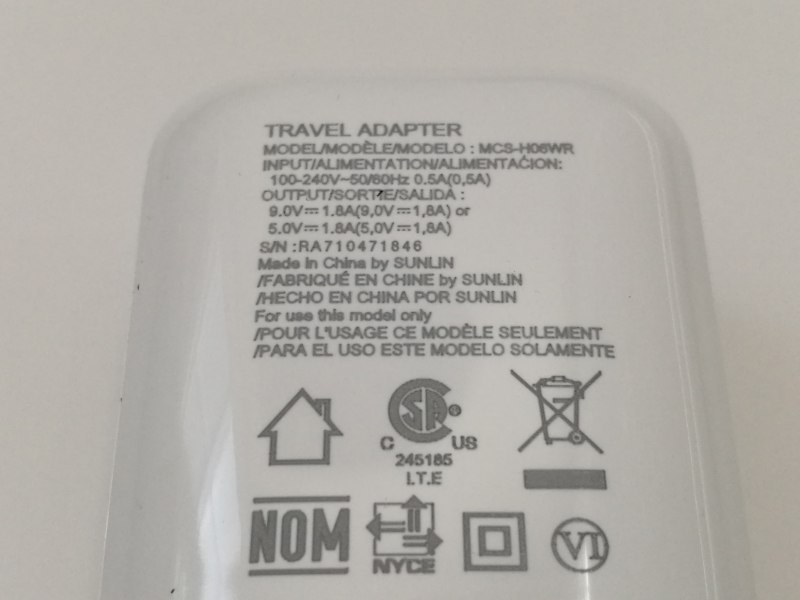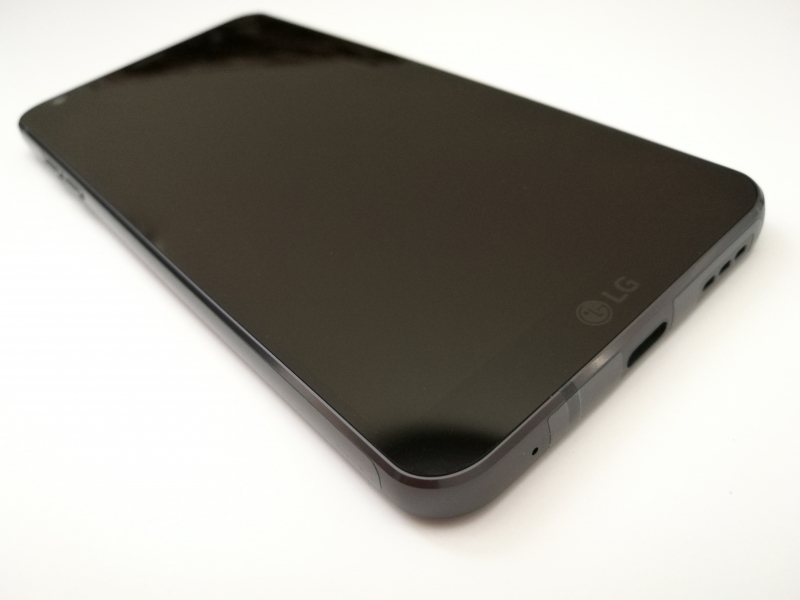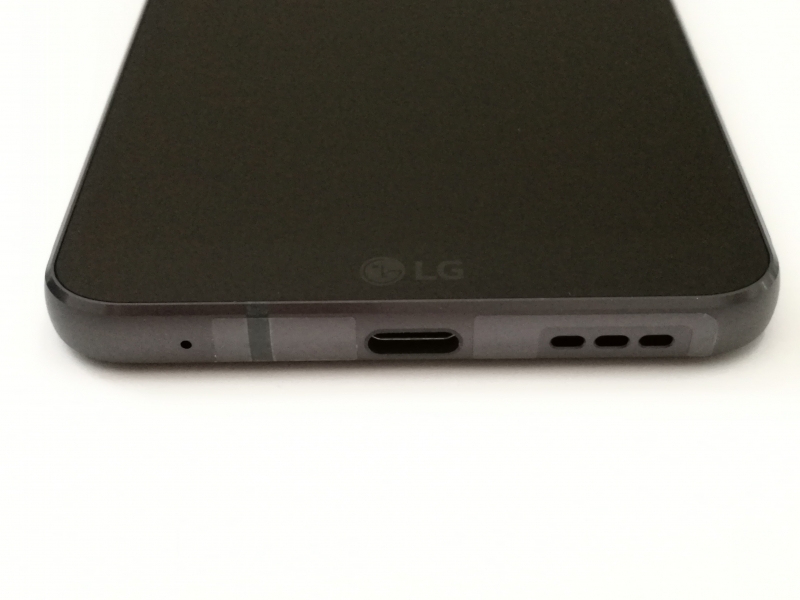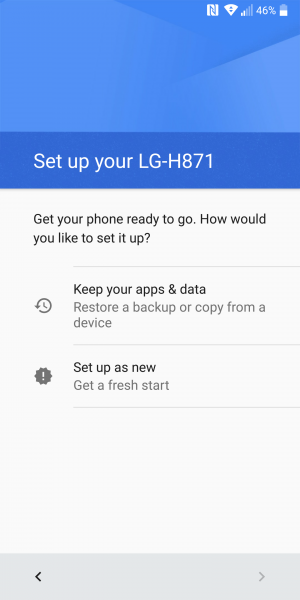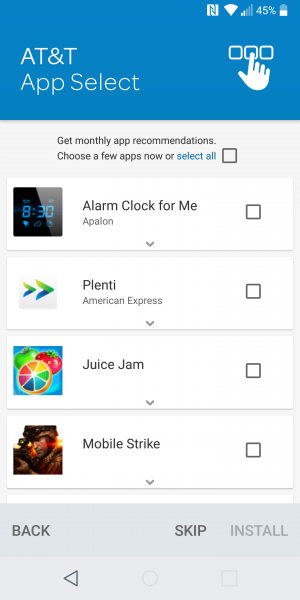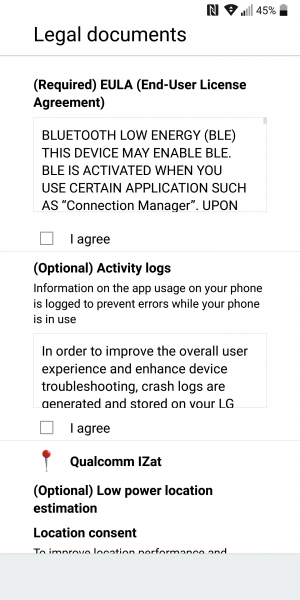In an effort to differentiate itself from a highly competitive field, LG decided to go modular with the LG G5, providing different LG Friends modules that you could connect to the phone and transform it to something more. Unfortunately, the LG Friends never really took off and the entire concept of modular phones lost momentum with even Google Project Ara discontinuing. Only Lenovo has kept its modular phone concept with the Moto Mods for Droid phones like the Moto Z Droid.
With the LG G6, LG abandoned the whole modular idea and joined the mainstream again with a unibody design that focuses on form and a premium look to allow it to compete against the likes of the Samsung Galaxy S8.
With Samsung and Apple having their own large ecosystems, it made sense for LG to get behind Google to help promote Google's ecosystem to try and differentiate itself. After the release of the LG G6, there was heavy advertising on TV promoting the G6 with a free Google Home. Google Home was a late comer compared with Amazon Echo products so it made sense for Google to use this opportunity to promote Google Home and Google Assistant. Also, with Samsung coming out with its Bixby Assistant, LG needed to also provide an assistant solution even though it was from Google.
We decided to purchase the LG G6 at a local AT&T corporate retail store. We were told there hadn't been much customer interest in this model and that most people that came into the store was looking at either Samsung or Apple phones. This was the same feedback we heard when we purchased the LG G5 when it first came out.
Unfortunately there was a glitch in the AT&T system, and we couldn't purchase the LG G6 at the retail store and had to buy it from the AT&T online store.
After we received the AT&T shipment, the box it came in promoted the AT&T trade-in program.
We could then go online and take advantage of the Google Home promotion. You need to go online to enter your LG G6's IMEI number, upload photos of your receipt and IMEI sticker, etc. Once registered, it will take a few weeks to receive the Google Home.
The LG G6 came in a black box with AT&T logo.
Unlike most phones nowadays, it was nice to see a phone not made in China.
Opening up the box, we could see that the LG G6 comes with a Qualcomm Quick Charge 3.0 enabled charger, USB Type-A to Type-C cable, SIM removal pin, and documentation.
The Qualcomm Quick Charge 3.0 enabled charger looks identical to the charger that came with the LG G5, and supports 16.2 watts (9 volts @ 1.8 amps) and 9 watts (5 volts @ 1.8 amps).
The new unibody design of the LG G6 looks good and provides a smooth premium look and feel.
Like the LG G5, the LG G6 also comes with a reversible USB Type-C connector that supports Qualcomm Quick Charge 3.0 and USB Power Delivery, which we will be testing in later reviews. (Note LG has removed DisplayPort (also branded as SlimPort) from the LG G6 in this review.)
The startup of the LG G6 is relatively simple where you need to set up your Internet connection, Google account, fingerprint, etc.
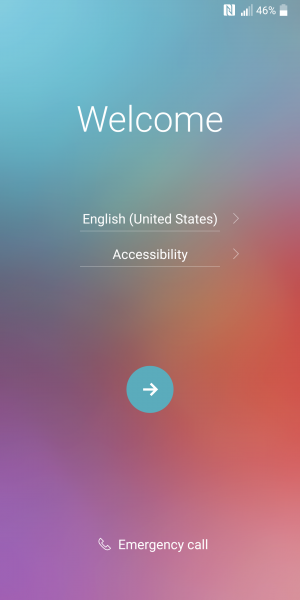
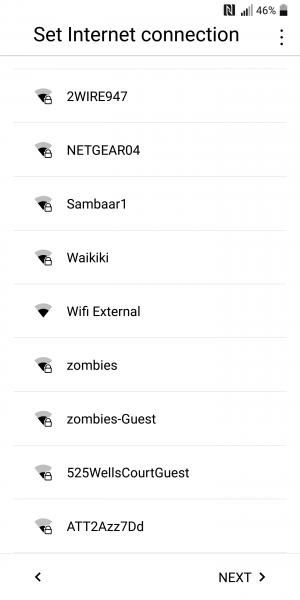

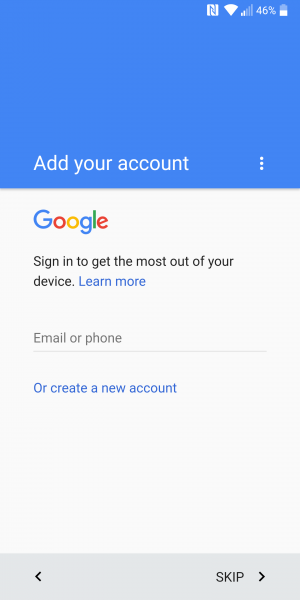
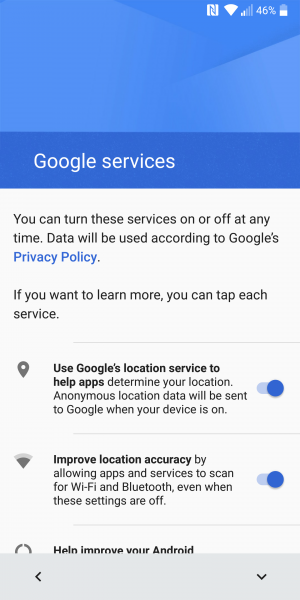

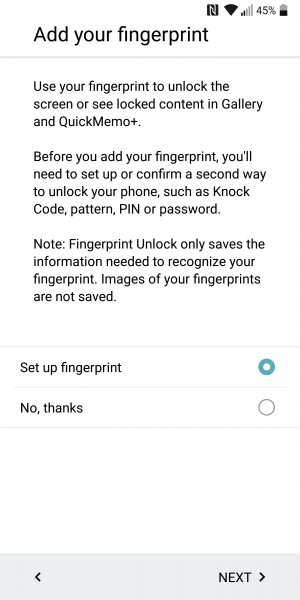
There are also AT&T setup screens to install AT&T recommended apps and set up your AT&T accounts.
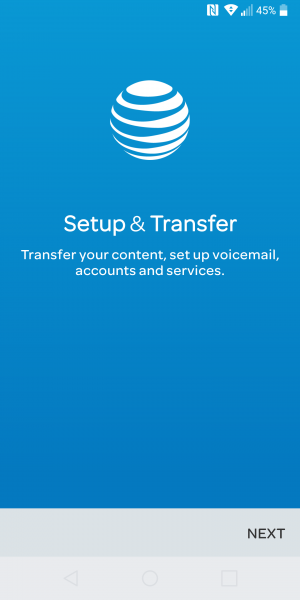
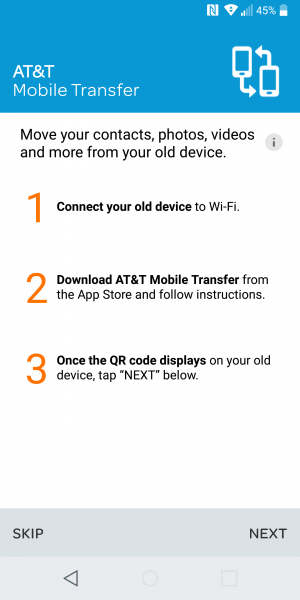
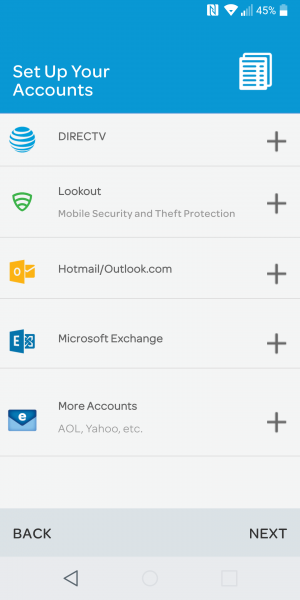
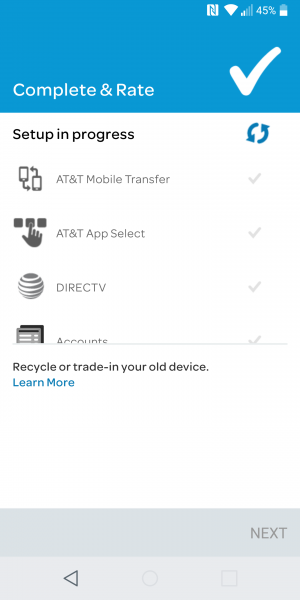
The LG G6 comes with various Google and AT&T Apps already pre-installed.

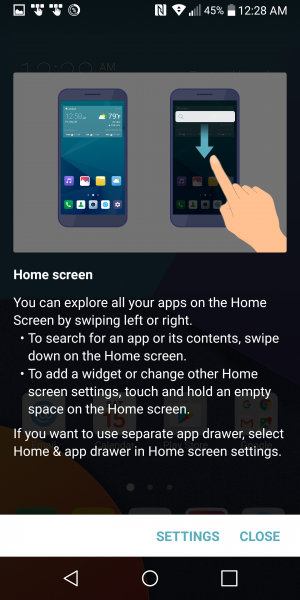
It's interesting though that Firefox browser is pre-installed in the main browser to use despite LG's cooperation with Google.


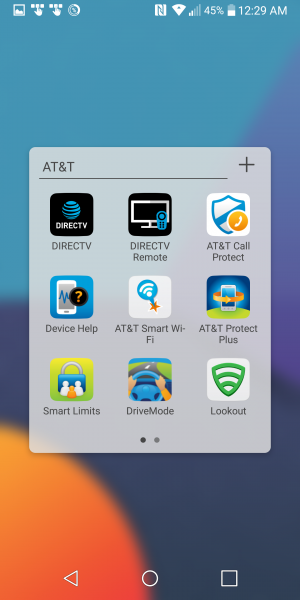
The LG G6 also supports Dolby Vision HDR, making it the first phone to support 4K HDR technology. LG has already been supporting Dolby Vision on its OLED TV's like the LG B6 OLED 4K HDR Smart TV - 65" Class, so it's not surprising that LG has extended that technology to its phones as well.
It's not clear if the LG G6 can improve LG's market share in a market increasingly dominated by Samsung, Apple, and various Chinese makers. Perhaps if Google had decided not to release its own Google Pixel phone, there would have been even more opportunities for LG to become Google's main phone hardware partner.
View Recommended Products for LG G6
 GTrusted
GTrusted







